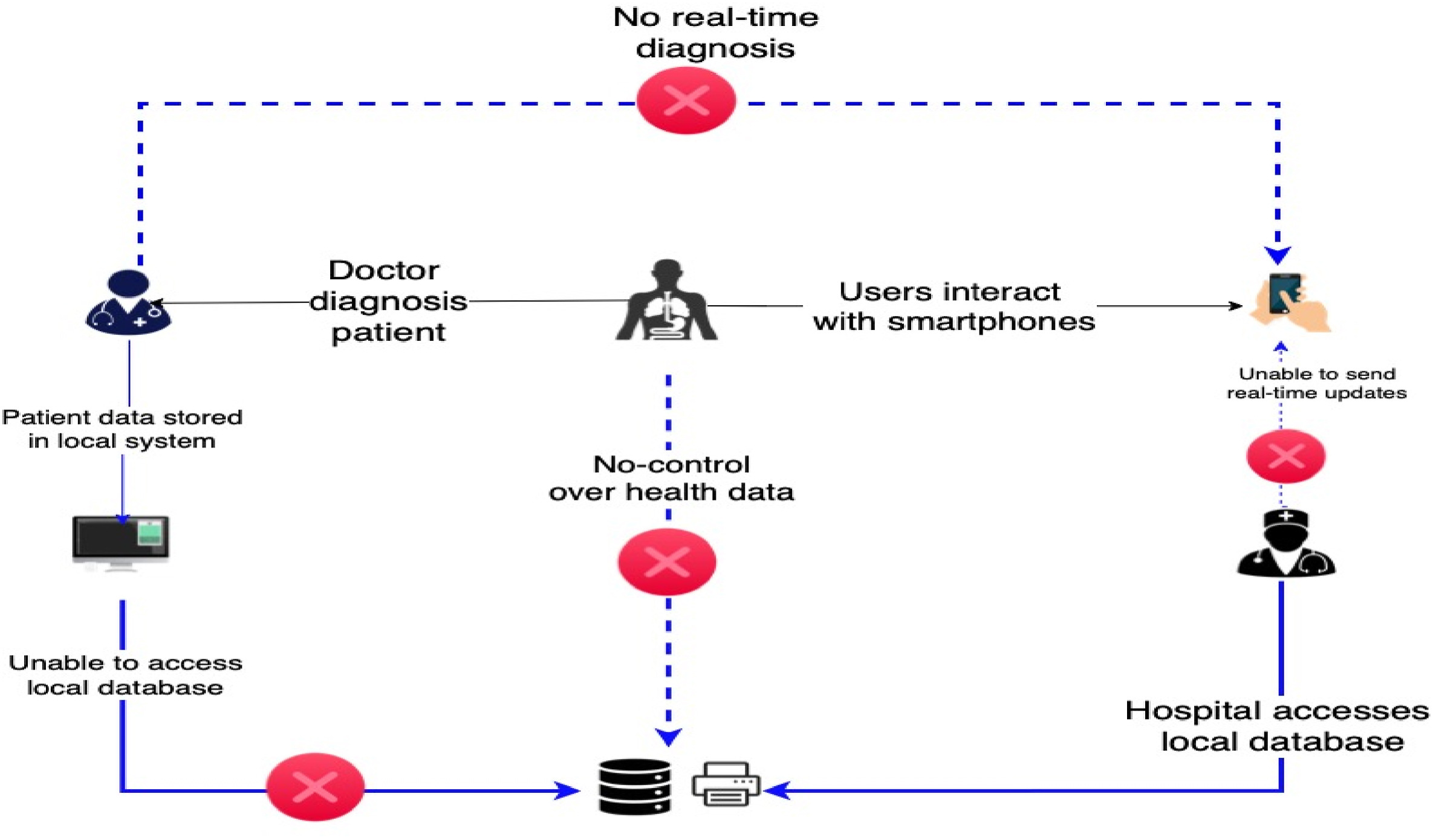Elsevier,
Child Abuse & Neglect,
Volume 135,
2023
This article ties to SDG 3. This qualitative study explores the drivers of, and barriers to, commitment in short-term foster care within the broader aim of examining whether short-term care is meeting the needs of maltreated young children.
Elsevier,
Forensic Science International: Animals and Environments, Volume 2, December 2022
"Illegal wildlife trade is a global concern and a major threat to biodiversity conservation. DNA barcoding, specifically the use of cytochrome c oxidase subunit I gene (COI), is widely used to identify wildlife species in the Philippines.
DNA fingerprinting provide accurate identification of aquatic species and can be used for monitoring and tracking IWT."
Elsevier,
The Lancet Global Health, Volume 11, Issue 1, January 2023, Pages e32-e39
This Article supports SDG 3 by estimating the avoidable health and economic burden of physical inactivity, and highlighting how further investments in and implementation of known and effective policy interventions will support countries to reach the SDG 3 goal of reduction of NCD mortality by 2030.
Elsevier,
The Lancet Global Health, Volume 11, Issue 1, January 2023, Pages e145-e154
This Review supports SDG 3 by investigating how licensing could successfully improve the affordability of and timely access to biotherapeutics in low-income and middle-income countries, by identifying key elements needed to support access to affordable biosimilars in these countries.
Elsevier,
Environmental Advances, Volume 10, December 2022
This article supports SDG's 2, 3 and 12 by considering production steps (cell extraction, cell line establishment, cell culture and scaffolding) and challenges (technology limitations, consumer acceptance & law and legislation) for the development of lLab-based meat, which is more sustainable and safer to consume than conventional meat.
Elsevier,
American Journal of Clinical Nutrition, Volume 116, December 2022
This study examined the cross-sectional and retrospective longitudinal associations between erythrocyte omege 3 (ω-3) index and cognition, brain imaging, and biomarkers among older adults. Longitudinally, low ω-3 index was associated with greater Aβ accumulation and WMS cognitive decline but unexpectedly with lower total Alzheimer’s Disease Assessment Scale cognitive subscale (ADAS-Cog) cognitive decline. Although no associations were cross-sectionally found in the whole population, low ω-3 index was associated with lower WMS cognition and higher tau accumulation among ApoE ε4 carriers.

